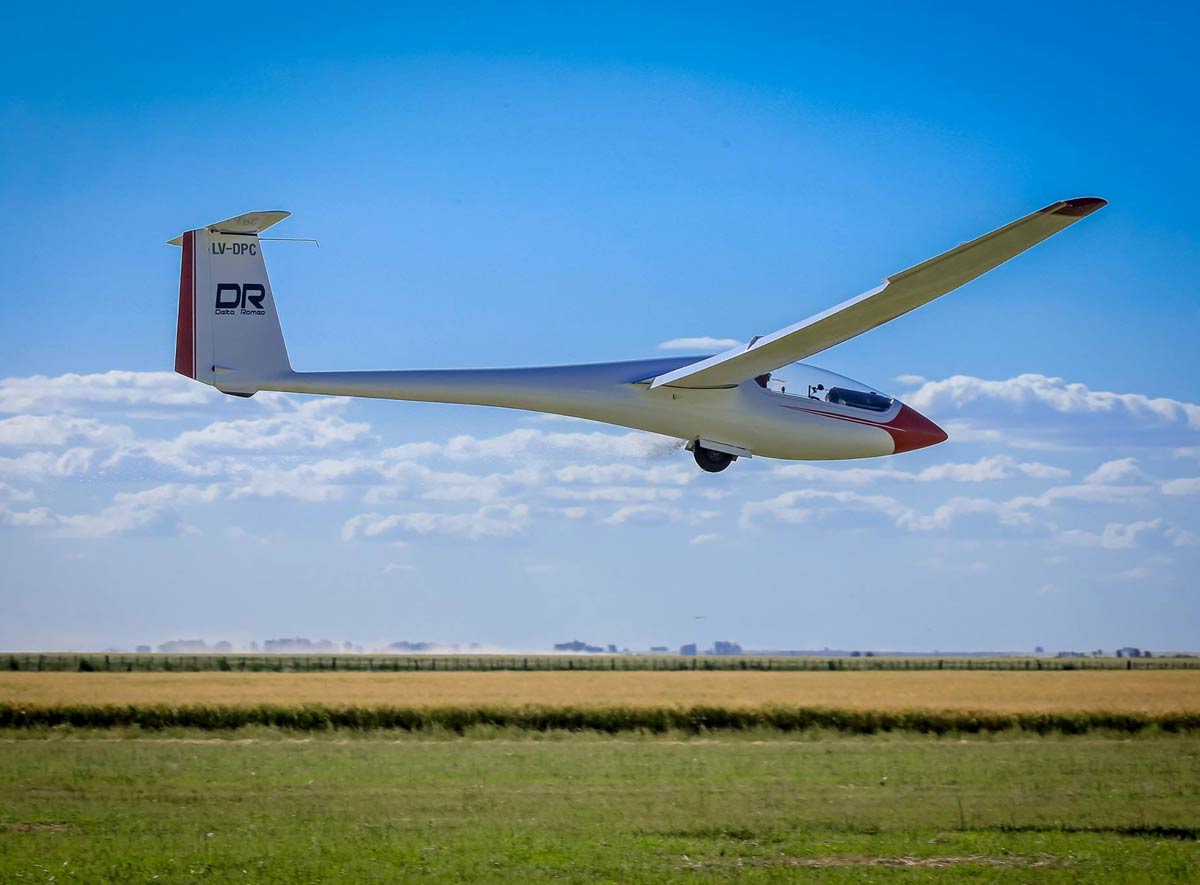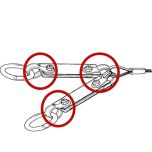Sailplane Racing Risk

It does not take extra Risks to Race. I hear from people all the time that say they would never race because of the additional risk involved. I would not expect my newly soloed student to get away with a low climb that I might do flying solo or at a contest. There are times when a low climb is not safe and I would not attempt it. There are times when you race on a day you normally would not have gone Cross Country.
I do make decisions racing that I would not do with a student. With a student, I would not climb out of the pattern. I won't thermal as close to the rocks as I would if I were with a student. But at no time would I say "hey it's a race, It's worth this risk". It is never worth potentially cartwheeling the glider into the field because it is the Nationals...
I remember a day at the Junior World Gliding Championships sitting in a field. The field was safe but a little smaller than ideal. I did not feel worried I would make it into the field, but I did need to pay attention and make a really good pattern to set myself up for success. I hit a little bump on downwind to base, I could have made a turn to try it out. If it worked I would be climbing and maybe made it home. If not I would screw up the approach and potentially not make a good spot landing. I continued my approach and made a beautiful spot landing.
Mike Robison and I did start the engine on base once going into a field. It was a huge field that gave us a lot of options. One of us flew the sailplane, while the other started the engine. Another time during that same contest we picked a field that would not allow for any error and we had the engine started at a much higher altitude. Allowing the flying pilot time to set up for the field without the concern if it sputtered or did not continue to run.
At a contest, there is more of a risk of a mid-air with another sailplane because of the large concentration of gliders flying. The gaggles can be exciting, at the Pribina Cup, and at most World Gliding Championships there are well over 100 gliders. If you are a weekend warrior and rarely see more than 4 gliders in one thermal then your first Regional contest might be a huge surprise. A Nationals might be a little overwhelming and seem to be dangerous, keep your head on a swivel and FLARM doesn't hurt. However, 5 of the mid-airs that come to mind were not in a large gaggle but in groups of 2 or 3. Gaggles are typically done in an orderly fashion. Pilots who are not flying safely are debriefed on their flying and generally, no further action is required (unsafe flying is taken seriously).
There are pilots out there that will allow more risk into their flying, this might be heightened during a contest. Flying is not a forgiving sport, high risk behavior will not keep you at the top or alive forever. Nobody wants to break their toy or hurt themselves. Few remember who won the regional, who won that day at a Nationals, or who won that Nationals. However, everyone will remember that time someone broke their sailplane.
Fly safe and enjoy your contest. They are a lot of fun and you will learn a lot.







